Best Time of Year for Foundation Repair: Seasonal Guide
Foundation Repair Season Calculator
Repair Details
Results
When it comes to foundation repair-the process of fixing cracks, settlement, or water intrusion in a building’s base-many homeowners wonder what the best season for foundation repair is.
Why Timing Matters
Doing the work at the right moment can save you money, reduce downtime, and lower the chance of future problems. The soil, water table, and temperature all shift with the seasons, and those shifts directly affect how the ground behaves around a foundation.
Typical Foundation Problems and Their Causes
- Cracks in walls or slabs: Often caused by soil movement or freeze‑thaw cycles.
- Uneven floors: Usually a sign of settlement in a pier‑and‑beam system.
- Water seepage in basements: Linked to high water tables and poor drainage.
- Door and window misalignment: Can indicate a shifting slab foundation.
Understanding which symptom you’re seeing helps you match the right repair method-whether that’s concrete pier installation, slab jacking, or a drainage upgrade.
How Weather Impacts Foundation Work
Three main weather‑related factors influence the success of a repair:
- Soil moisture: Too dry and the ground can shrink, too wet and it can shift under load.
- Freeze‑thaw cycles: When water in the soil freezes, it expands, exerting pressure on footings.
- Temperature extremes: Very hot temps can cause rapid drying of fresh concrete, leading to cracking.
These factors differ dramatically between spring, summer, autumn, and winter, so let’s break down each season.
Season‑by‑Season Breakdown
| Season | Typical Temp (°F/°C) | Soil Moisture | Pros for Repair | Cons for Repair |
|---|---|---|---|---|
| Spring | 45‑65°F / 7‑18°C | Increasing, but not saturated | Ground softening makes excavation easier; moderate temps allow proper concrete curing. | Rain can cause soggy conditions; scheduling conflicts with other spring projects. |
| Summer | 70‑90°F / 21‑32°C | Generally dry | Dry soil provides stable base for footing work; long daylight hours. | High temps can cause rapid concrete drying-requires retarders and frequent water misting. |
| Autumn | 50‑70°F / 10‑21°C | Cooling, moderate moisture | Ideal balance of temperature and moisture; fewer rainstorms than spring. | Potential for early frosts in northern regions; contractors may be wrapping up year‑end projects. |
| Winter | 30‑45°F / -1‑7°C (can dip lower) | Frozen or heavily saturated | Low demand can mean lower contractor rates; ground is often frozen, providing a solid base for deep piers. | Frozen soil makes digging difficult; concrete needs heated enclosures to cure properly. |
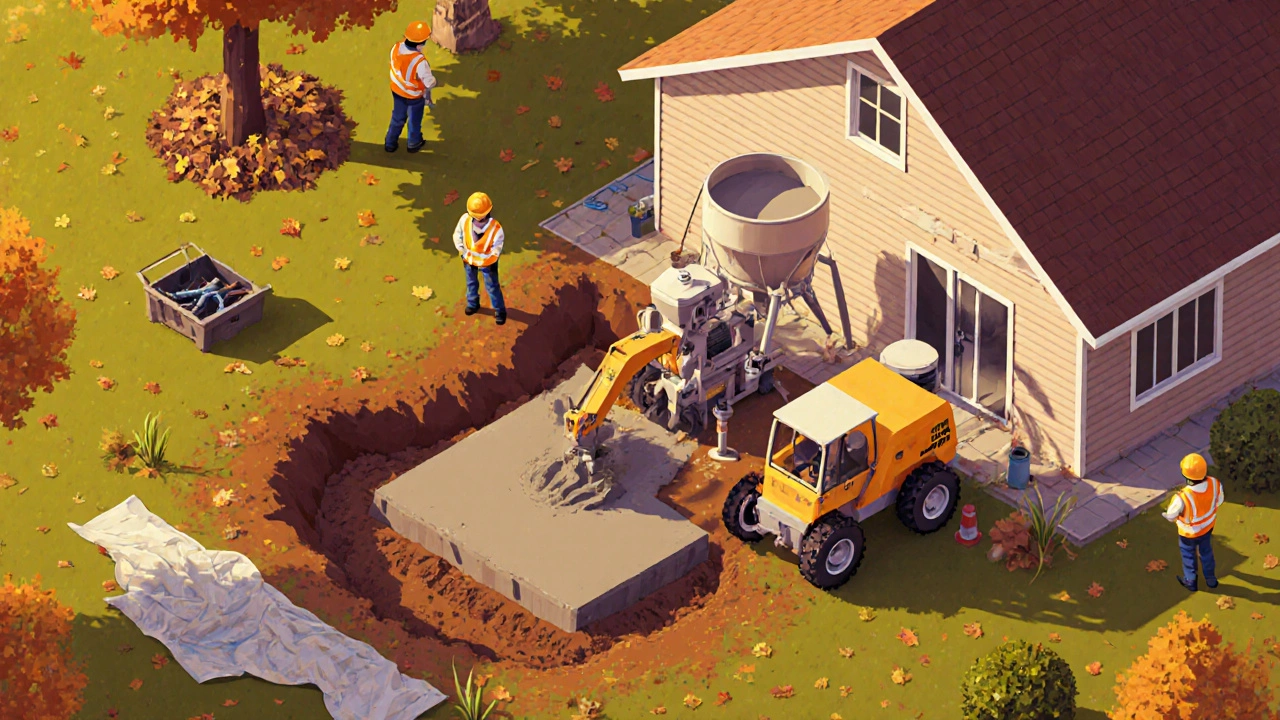
Choosing the Right Season for Your Foundation Type
Not every foundation benefits from the same timing. Here’s a quick reference:
- Pier and Beam: Winter works well because frozen ground offers a stable platform for driving steel piers, but you’ll need heated curing if you pour concrete caps.
- Slab‑on‑Grade: Early autumn is sweet‑spot; the soil is still warm enough for proper moisture exchange, and temperatures allow concrete to cure without rapid drying.
- Basement (crawlspace) foundations: Spring or early autumn are best, giving you time to install or repair drainage systems before heavy rains or freezes.
Practical Checklist Before You Book a Contract
- Soil Moisture Test: Use a moisture meter or hire a geotechnical engineer to gauge saturation levels.
- Water Table Survey: Knowing how close the groundwater is helps you decide on waterproofing.
- Obtain Permits: Many local councils require permits for major footings or excavation work.
- Get Multiple Quotes: Even within the same season, pricing can vary based on contractor workload.
- Plan for Weather Delays: Build a buffer of at least one week for unexpected rain or frost.
Cost Considerations Linked to Seasonality
Contractor rates often follow a seasonal pattern. Summer and spring are peak periods, so expect a 10‑15% premium. Autumn can bring modest discounts, while winter rates drop further-provided the job isn’t hindered by frozen ground.
Don’t forget ancillary costs: heated enclosures for concrete in winter, extra watering in summer, or temporary shoring if the soil is very soft in spring.
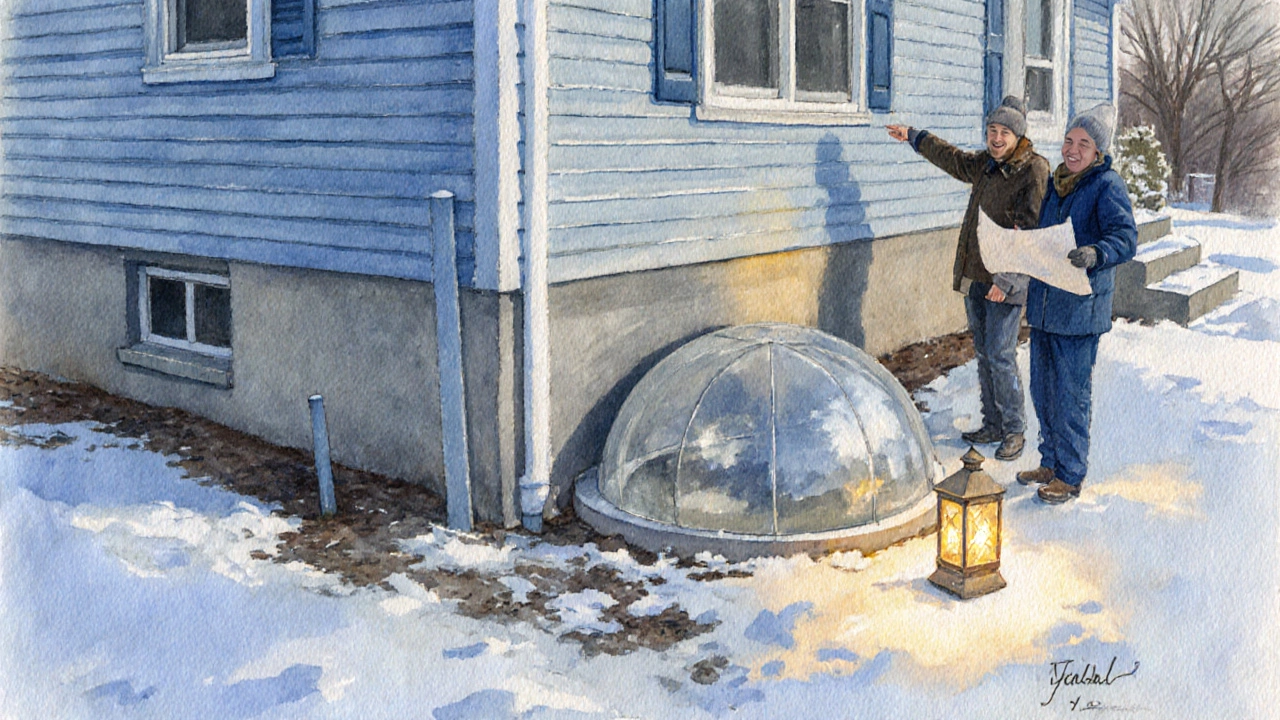
Common Pitfalls and How to Avoid Them
- Starting Too Early in Spring: Melting snow can saturate the soil, leading to uneven footing placement. Wait until the ground dries out after the last thaw.
- Ignoring Freeze‑Thaw Effects: If you repair a slab in late autumn and a hard freeze follows, the new concrete can crack. Schedule a protective cover or finish before the first frost.
- Skipping Drainage Upgrades: A new foundation is the perfect time to install French drains or a sump pump-skipping this can cause recurring water problems.
- Choosing the Cheapest Contractor: Low bids often mean cutting corners on soil preparation or curing methods, which can lead to future failures.
When to Call a Professional
If you notice any of the following, it’s time to bring in a qualified foundation contractor:
- Cracks wider than ¼ inch.
- Doors or windows that wedge shut.
- Persistent dampness in a basement after heavy rain.
- Visible bowing or bulging of foundation walls.
These signs often indicate underlying soil movement that needs a tailored, season‑appropriate solution.
Quick Reference Cheat Sheet
| Season | Ideal For | Key Caution |
|---|---|---|
| Spring | Drainage upgrades, pier installation | Watch for soggy soil after rain |
| Summer | Slab jacking, waterproofing | Use concrete retarders to avoid shrinkage |
| Autumn | Full‑scale foundation repairs | Plan for early frosts in cooler regions |
| Winter | Deep piers, low‑demand pricing | Require heated curing enclosures |
Bottom Line
The best season for foundation repair really depends on your foundation type, local climate, and project scope. In most of the UK, early autumn offers the best mix of moderate temperatures and manageable soil moisture, while winter can be cost‑effective if you’re prepared for frozen ground challenges.
Can I do foundation repair myself?
Minor crack sealing can be a DIY job, but structural issues-like settlement or major water intrusion-require a licensed contractor. Improper work can worsen the problem and void insurance.
How long does a typical foundation repair take?
Most residential repairs finish within 3‑7 days, excluding weather‑related delays. Complex pier installations can stretch to two weeks.
Will the repair affect my landscaping?
Excavation does disturb nearby soil, so plan to reinstall or replace landscaping after the work. Some contractors offer a “restore” service as part of the quote.
Do I need a building permit for foundation work?
In most UK local authorities, structural repairs that alter footings or change load paths require a permit. Always check with your council before starting.
How much does foundation repair usually cost?
Costs vary widely-basic crack repair starts around £500, while full pier installation can exceed £10,000. Seasonality can shift the total by up to 15%.
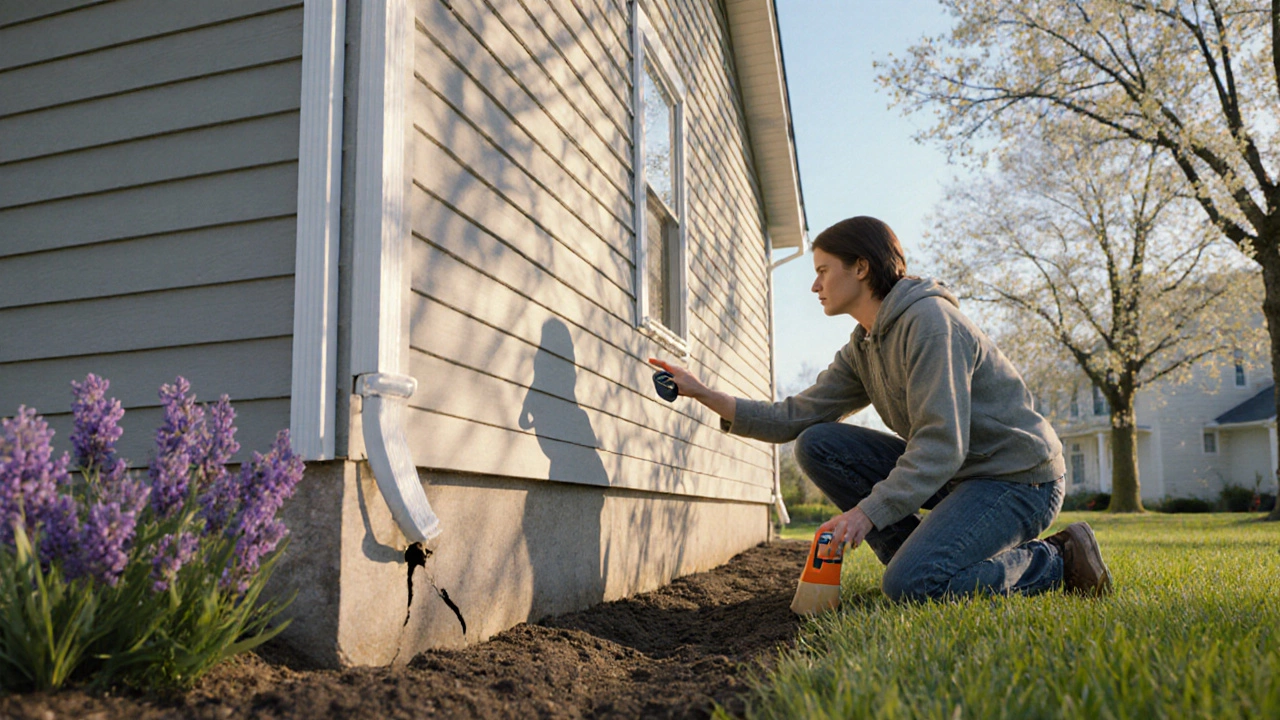

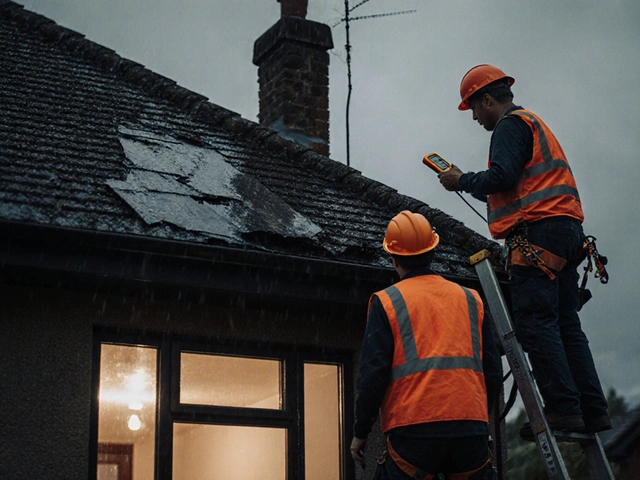


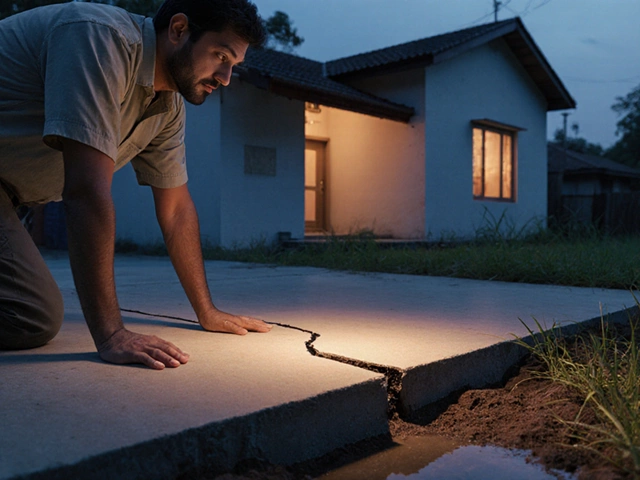

Comments